I recently ordered a couple of TYC branded geared synchronous motors, from an online seller based in China.
The plan was to see if they would be suitable for use in repairing Breezair dump valve assemblies. It turns out that they are somewhat suitable, but really far from perfect for the application and the quality isn’t great.
Long story short, I modified the motors that were shipped to me and tested them out. At first, no problems. One of the motors was too weak (not enough torque) and the other was looking good until the output shaft came out.
The shaft wasn’t held in by anything at all. It appears that it’s just pressed 2.8mm into a hole in a plastic gear, as you can see in the images below.
While modifying the shaft was the cause of the failure, it prompted me to open one of these motors up and check out how it was made. So, here are the teardown photos for anyone who’s interested:

This wasn’t supposed to happen…
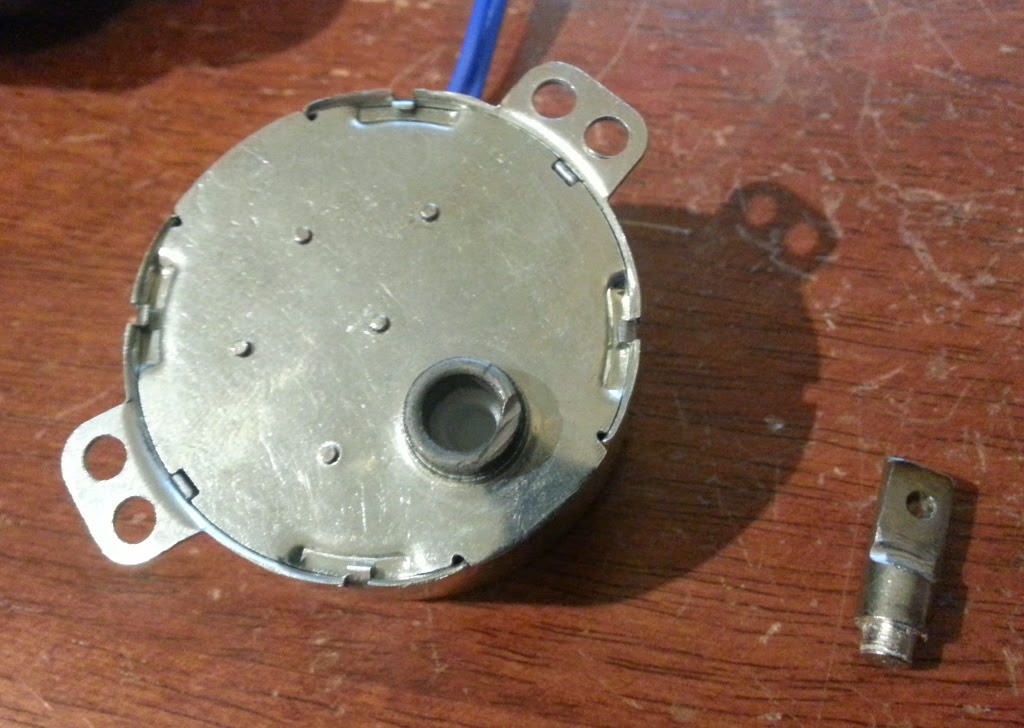
The teardown begins. Top cover removed. As you can see, this motor uses plastic gears. I expected it would and as such I tried not to heat up the motor shaft too much when I was modifying it. It appears though I wasn’t careful enough.
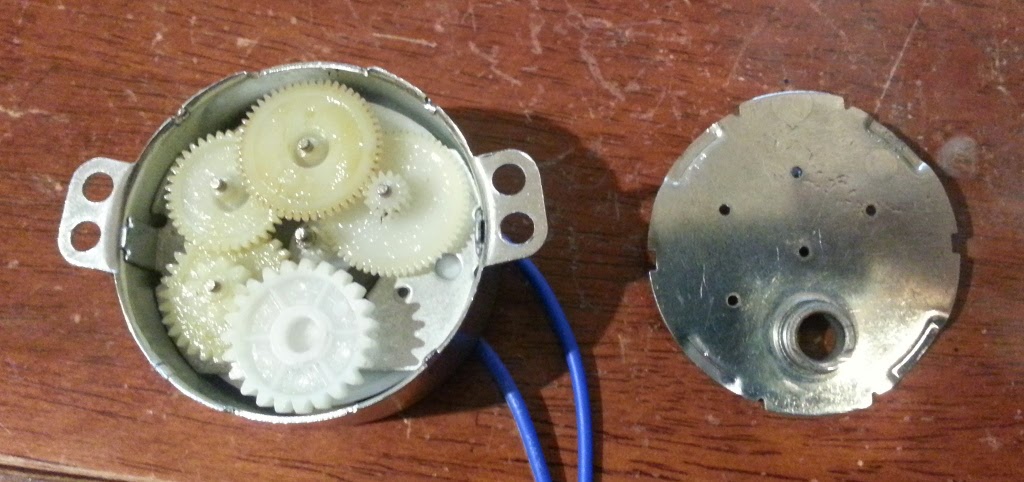
Close-up of the gear assembly. The large white gear is the one that the output shaft was pressed into.:
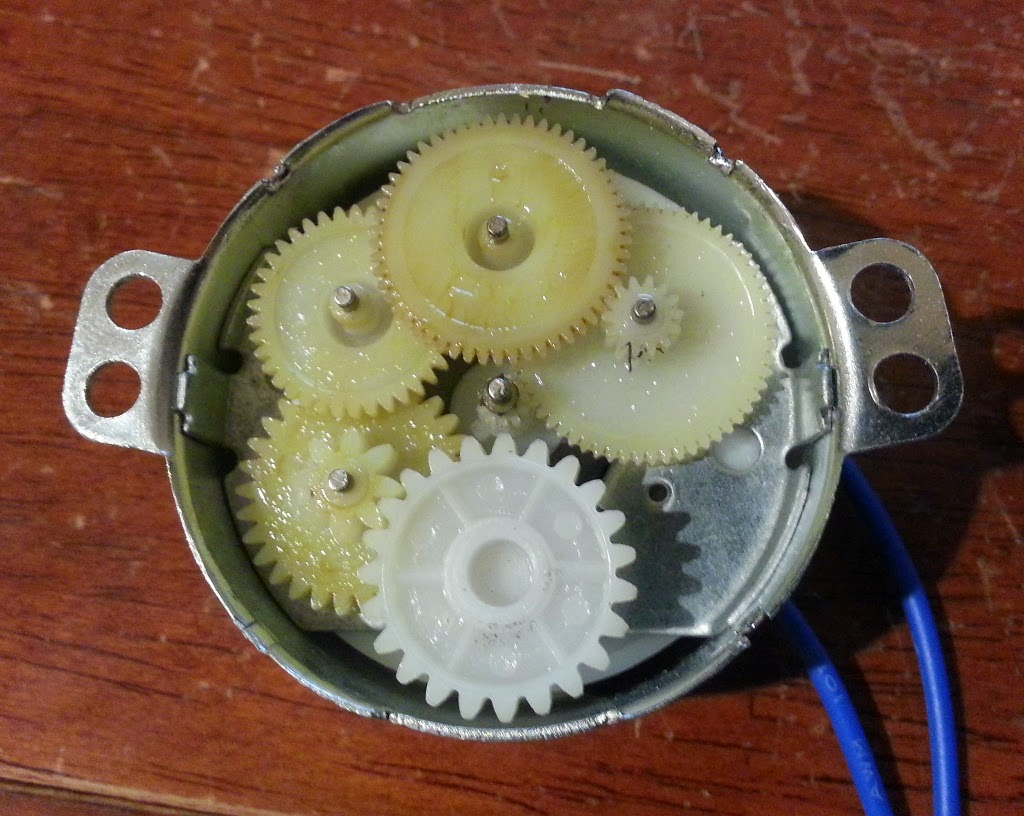
Gears removed. You can now see the actual motor:
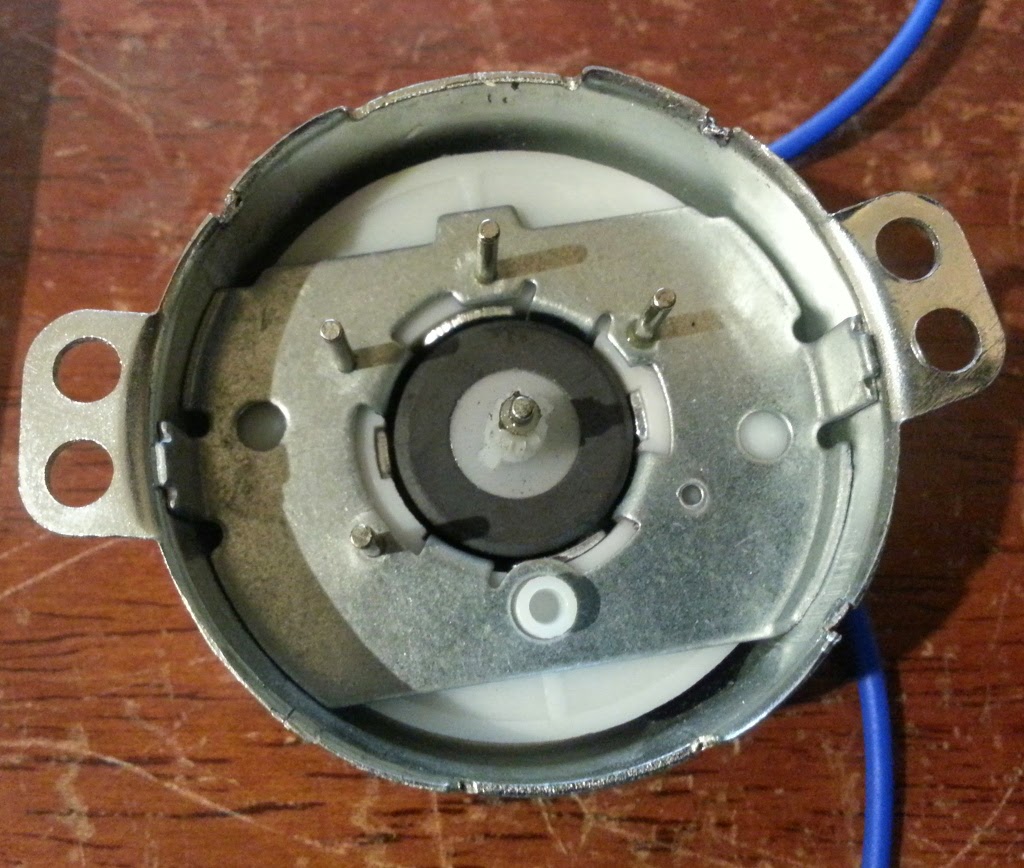
Metal plate removed:
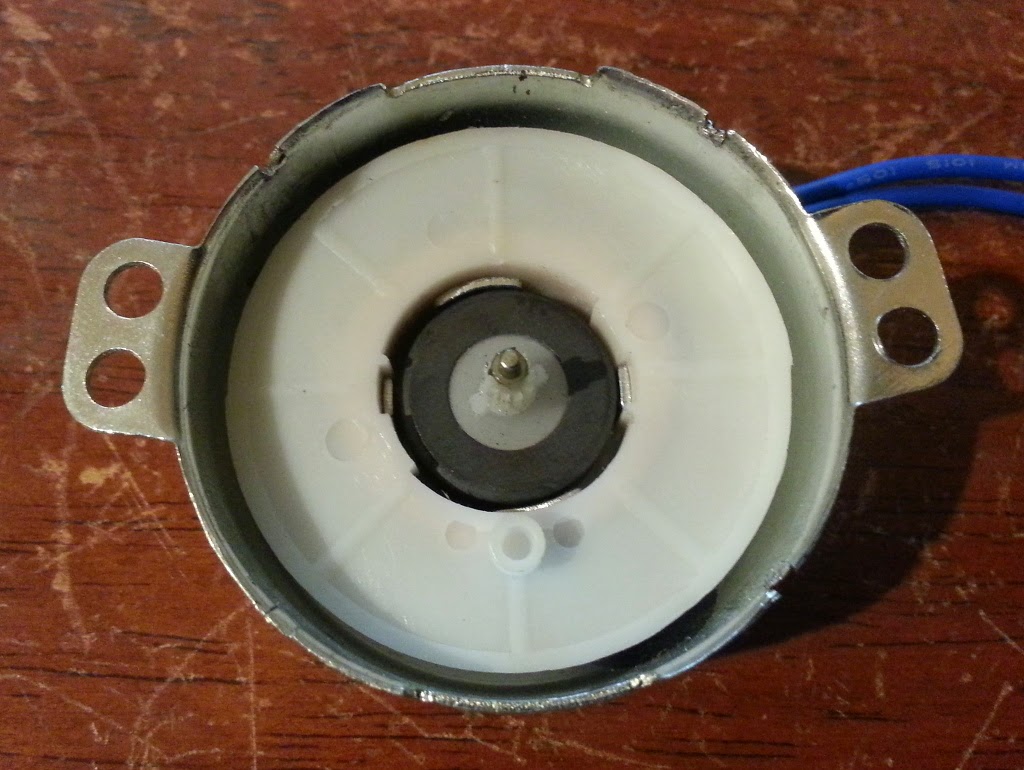
Motor Stator (electromagnetic coil). Under the tape there are two knots, one in each of the blue wires, to stop you pulling them out of the motor. Under the tape is just a coil of magnet wire:
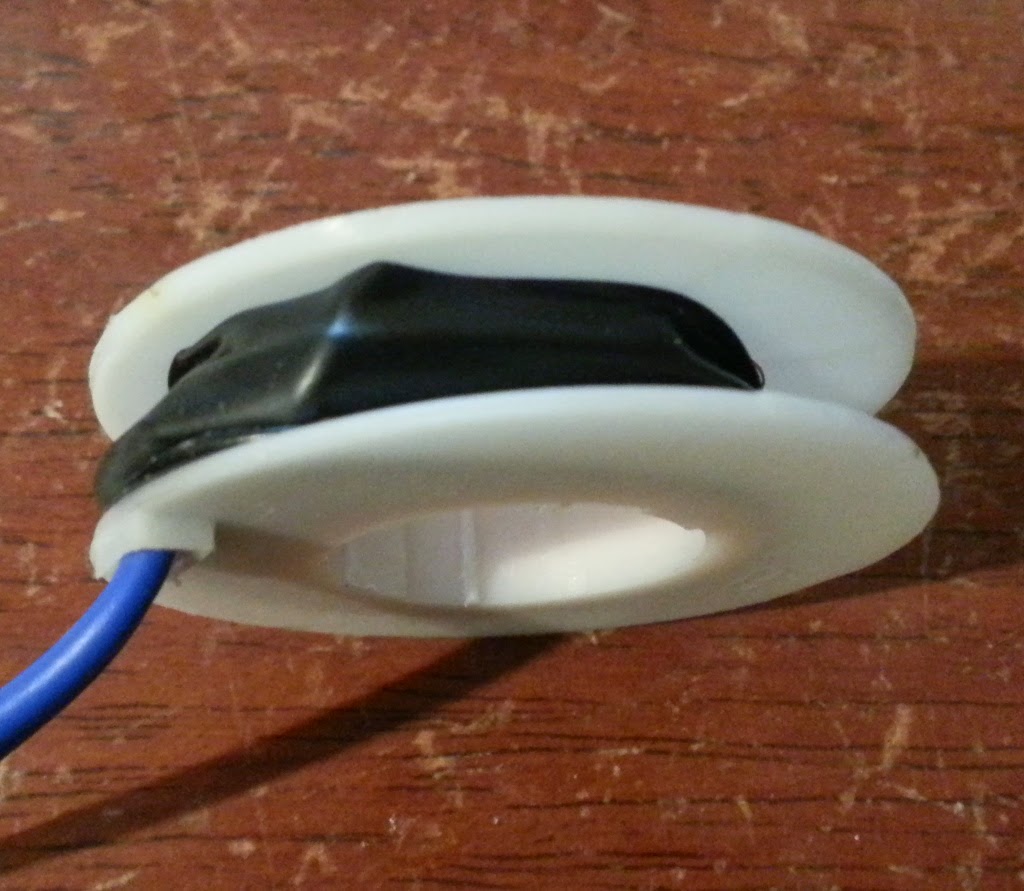
Motor Rotor (the bit that spins/rotates):
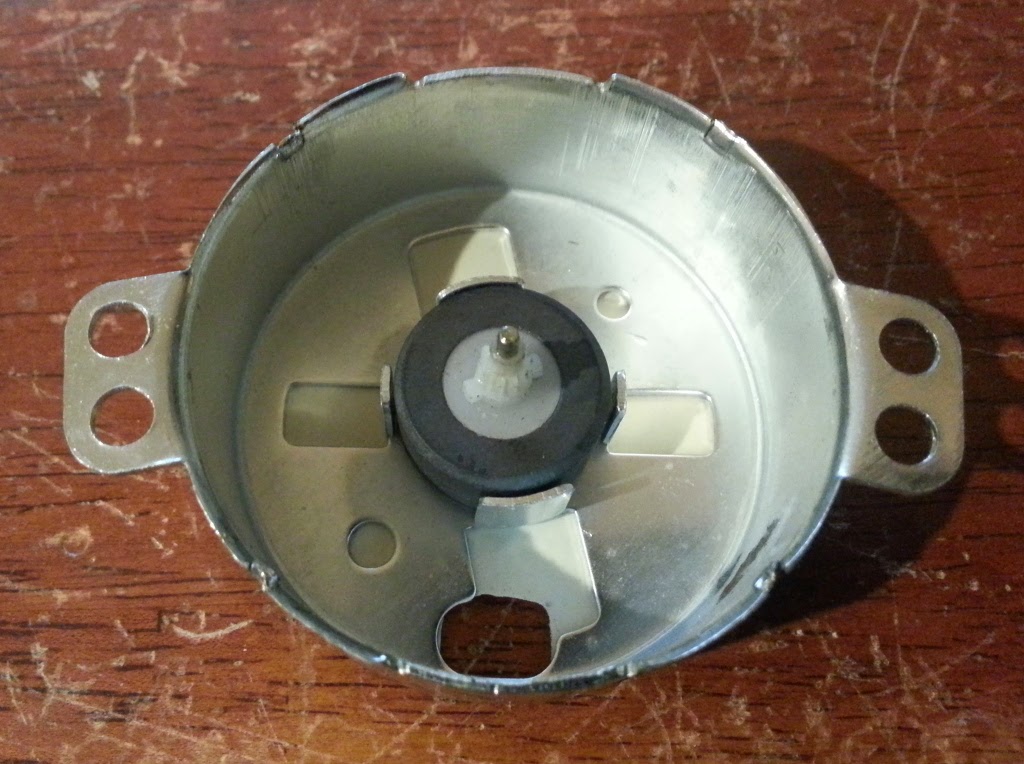
The rotor has been removed, teardown complete:
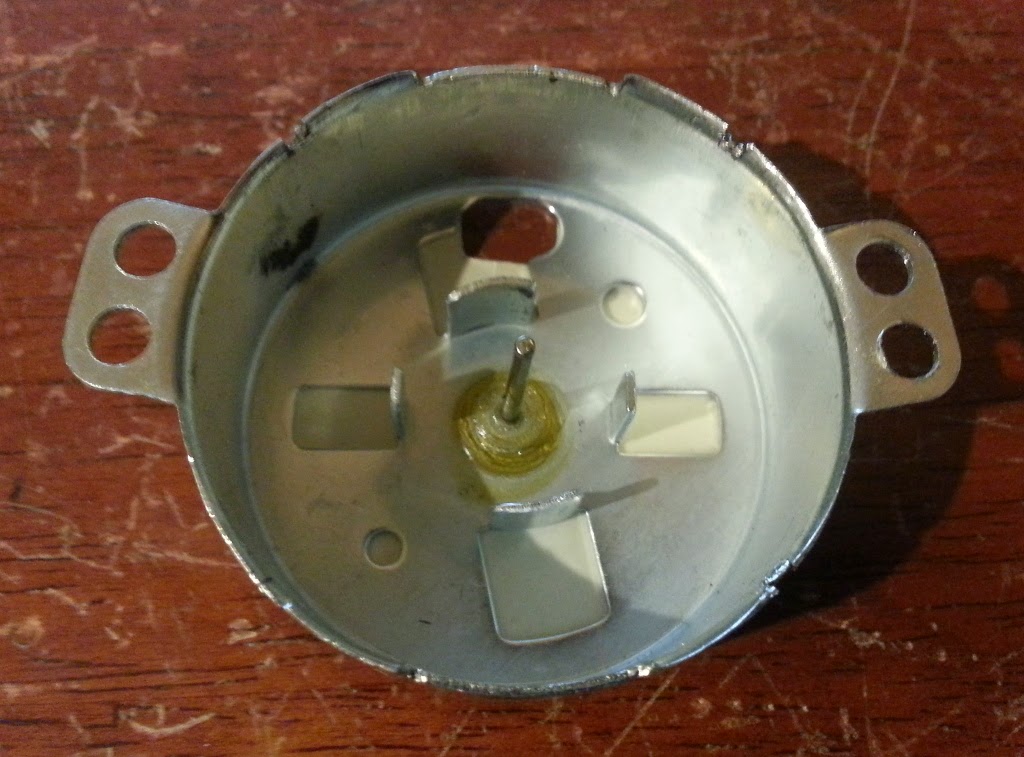
All of the bits and pieces that made up the geared synchronous motor:
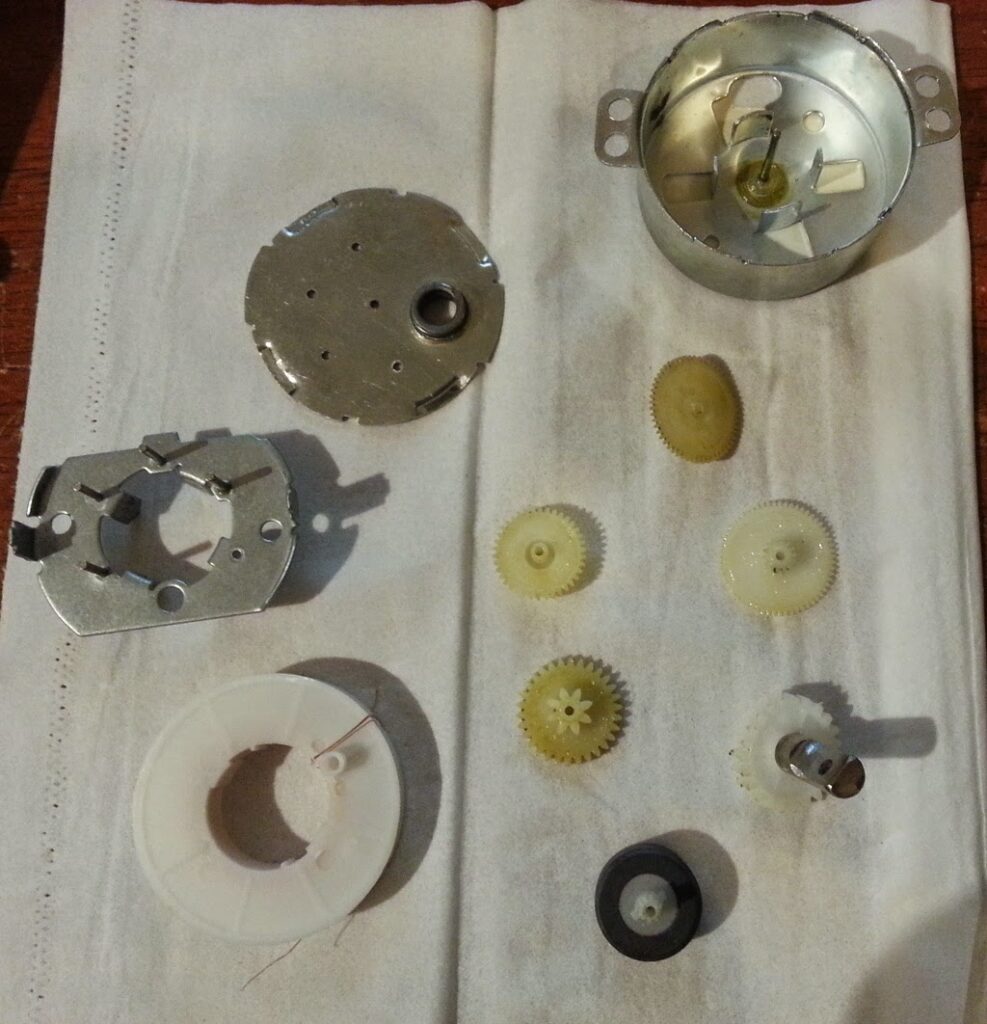
Motor specifications:
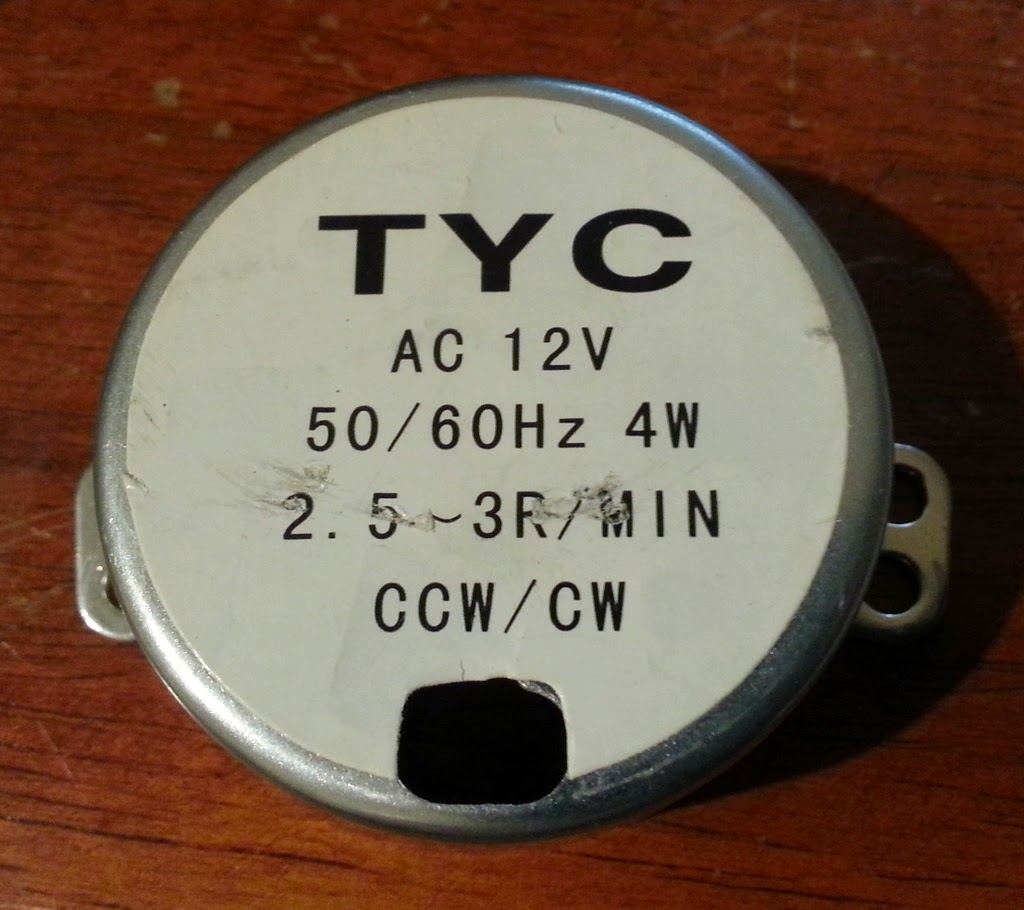
TYC
AC 12V
50/60Hz 4W
2.5 ~ 3R/MIN
CCW/CW
Which basically means, its a high torque motor, moves very slowly (approx. 2.5 revolutions per minute), and can rotate counter-clockwise (CCW) or clockwise (CW). This mode is also known as “free”, I guess since the motor is free to turn in either direction when power is applied. The direction can usually be influenced by applying a pressure to the output shaft in one direction or another. The motor should then rotate in the direction that is easiest for it to move.
The motor in this teardown cost $8.40 AUD inc. shipping.
For comparison, below is a link to a better quality (mostly metal geared) synchronous AC motor:
All trademarks are the property of their respective owners.